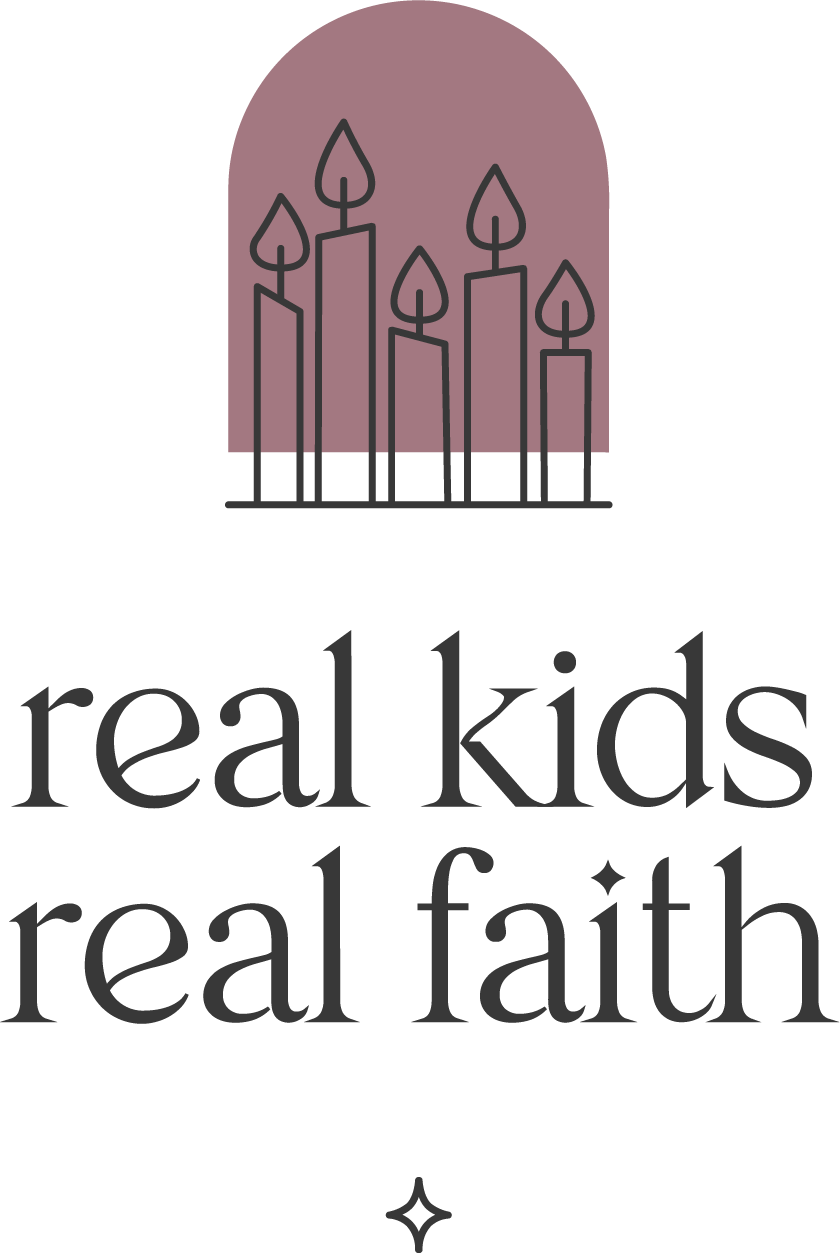“I don’t like it when grandma tells me I have to clean my plate,” says my daughter. “But I guess her dad told her that growing up. So I just smile and eat until I’m full. Then I wait until she leaves the table and I take my leftovers to the kitchen.” She explains she doesn’t want to hurt grandma’s feelings by telling her that the ‘clean plate club’ isn’t a thing in our household.
My daughter may not realize it, but by refusing to confront her grandmother, she is choosing to be kind. She is opting to be considerate of another’s feelings without ignoring her own. She does so because she has some awareness of why her grandma has a different perspective and she respects that difference. This is not something that comes naturally to kids. It is something children learn from others.
One of the basic principles of kindness is caring about others as well as oneself. However, to genuinely appreciate others, a child needs to become self-aware. Kids need to be able to name their own emotions and recognize how those feelings might shape their actions. Otherwise, they tend to react in the heat of a moment rather than thoughtfully respond.
As parents and caregivers, we can encourage children to regularly pause and reflect on what they are thinking and feeling. We might model a practice of taking a minute to breathe deeply and ask ourselves, “how am I feeling?” Or suggest that kids do a quick body scan, noticing how their shoulders, stomach, and other body parts feel at any given moment. These practices teach children to pay attention to how their bodies process events, which is information they can use to decide how they want to act.
We can also demonstrate ways to manage big emotions. When children feel frustrated, hurt, angry, or scared, they may think their only option is to lash out at others. Explore different ways of regulating those feelings, such as walking laps, squeezing a rubber ball, box breathing, dancing, or writing in a journal. Share what works for you, keeping in mind that your child may find it helpful or need a different approach. Find two or three effective options, with at least one a method children can do without others noticing.
As children grow in self-awareness, suggest they imagine what others are thinking and feeling as well. They might observe others’ body language and facial expressions for clues, or use information about generational experiences gleaned from conversations and internet research. Wonder aloud with them about why someone might believe something. Brainstorm possible reasons (e.g., illness, stress, bad news, poor role models) for others’ problematic behavior. The goal is for children to give others the same kind of consideration they would give themselves.

Comments